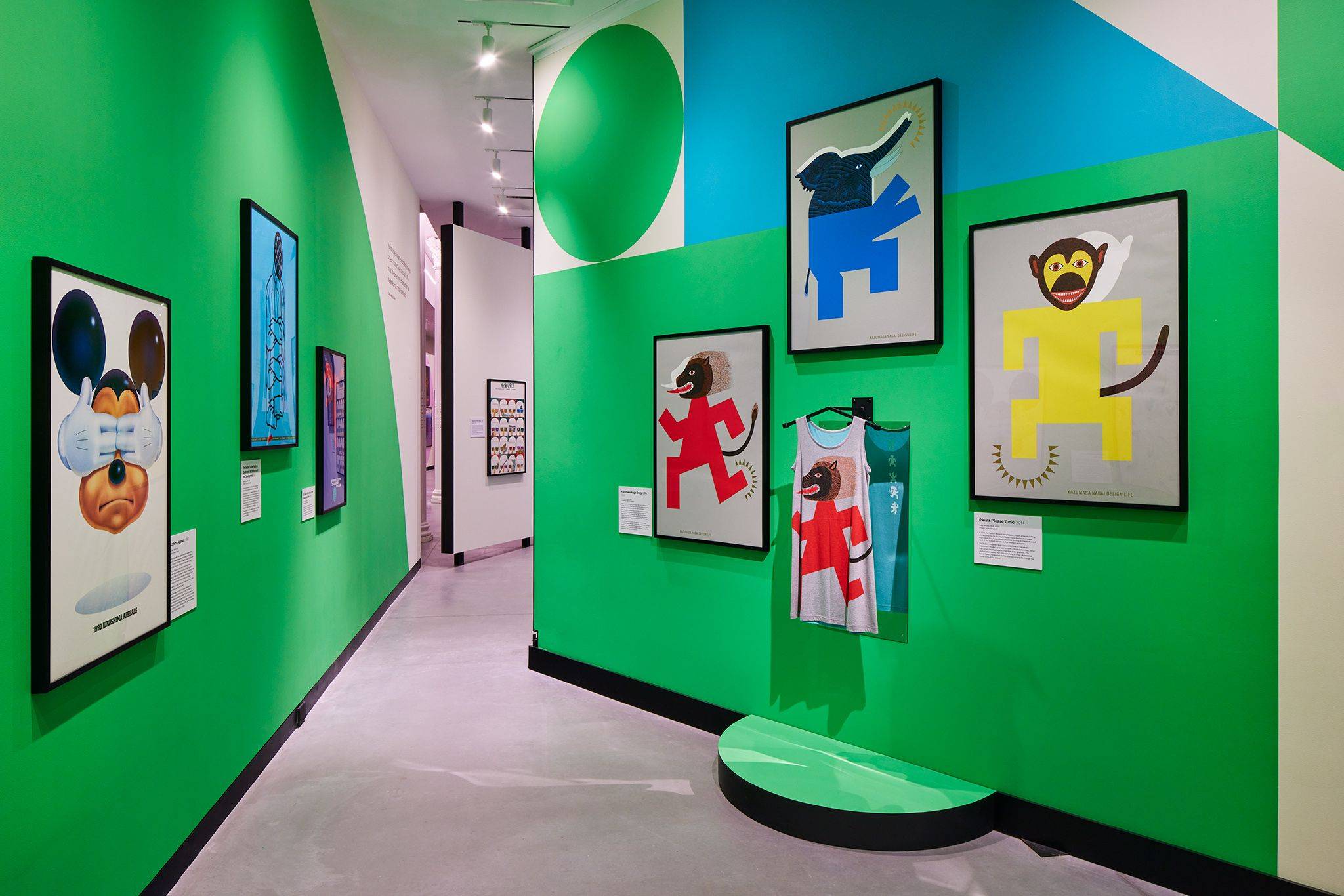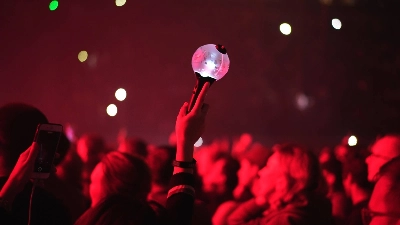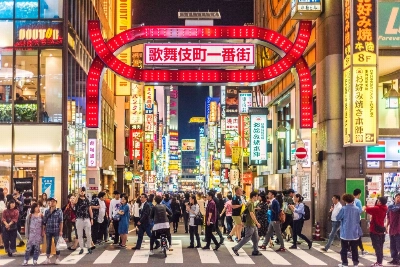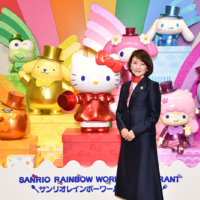A titanic index finger presses down on a steely metropolis. This year’s Hiroshima Appeals poster, released July 11 by the Japan Graphic Designers Association (JAGDA), contains an earnest wish for peace in defiance of nuclear war. It was designed by Norio Nakamura, 55.
The horrifyingly massive digit, which serves as “a symbol of human weakness,” according to Nakamura, is a clear stand-in for the monstrous power of nuclear bombs — and the equally monstrous power of humans to control our own destiny with all the ease of pointing an index finger. The impact of the poster is heightened by Nakamura’s characteristically casual style in bright pastel tones. All in all, it is a worthy entry in an iconic series of posters that has contributed some of the greatest and most impactful images in Japanese graphic design.
For the Hiroshima Appeals series, each year, a leading Japanese designer illustrates a personalized plea for peace in the spirit of Hiroshima, one of two Japanese cities that were destroyed by atomic bombs during World War II. Nakamura, selected as the 2023 designer, contributes to this collection with his distinctive, softly curving shapes and childlike spirit. The Kawasaki native follows in the footsteps of such design legends as Yusaku Kamekura and Kazumasa Nagai, as well as contemporary icons like Takuya Onuki.

















With your current subscription plan you can comment on stories. However, before writing your first comment, please create a display name in the Profile section of your subscriber account page.